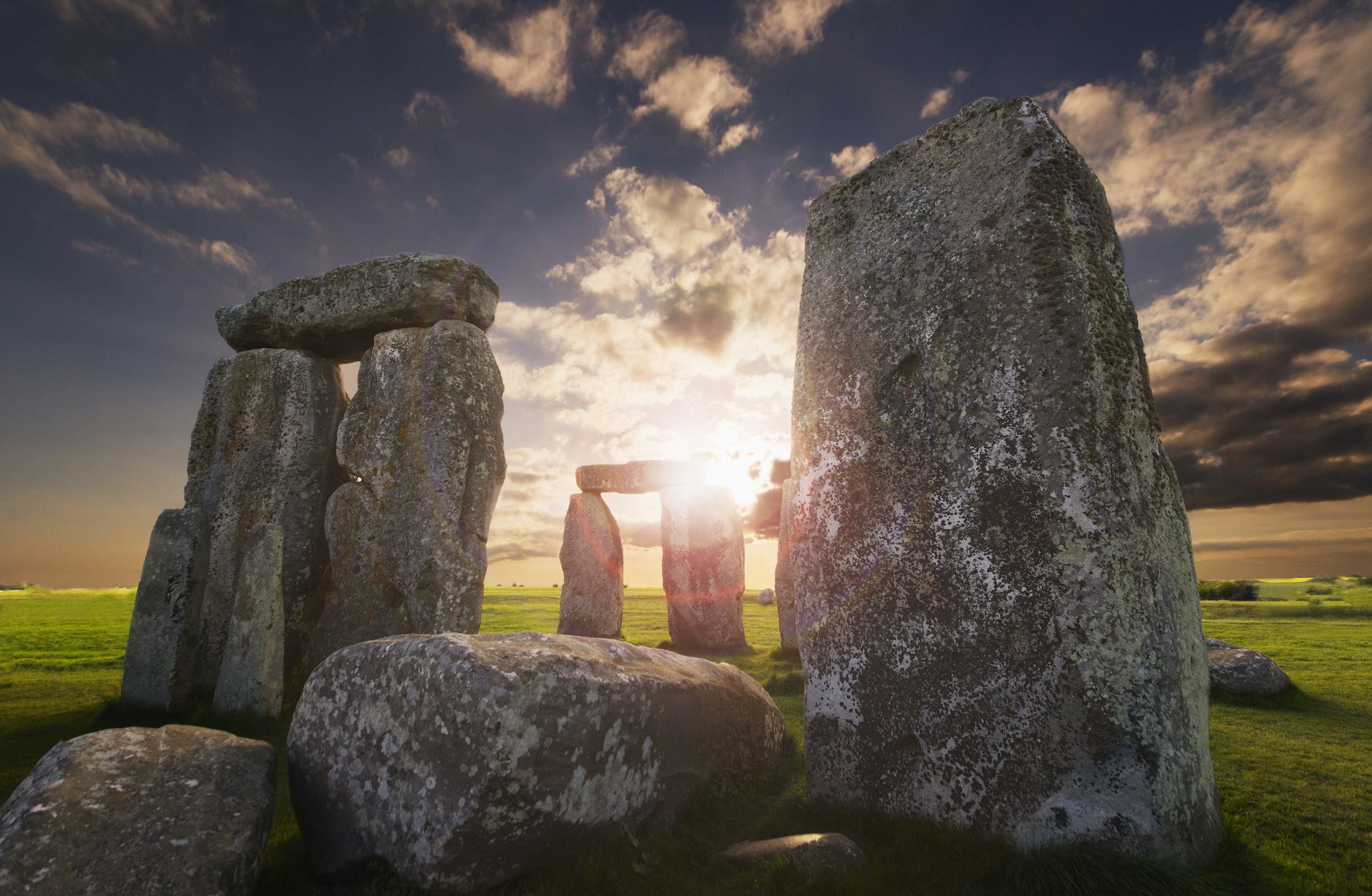Recently published research tracing the origins of a central megalith at Stonehenge has provided new clues into the construction of one of England’s most famous and puzzling landmarks.
According to the findings of a study released in the British scientific journal Nature last Wednesday, August 14, an international team of geologists has uncovered evidence that Stonehenge’s Altar Stone was sourced from northeast Scotland, indicating that it was transported across a minimum of 430 miles (~700 kilometers) to its present location on Salisbury Plain in southern England.
The researchers say that this trek is the longest known journey for any stone used to create a monument during the Neolithic period (also known as the New Stone Age), providing new insight into the technological advancements of prehistoric communities in the region.
“This is an incredible distance for Neolithic times, before the wheel is thought to have arrived in Britain,” wrote researchers Nicholas Pearce, Richard Bevins, and Rob Ixer in an article on their findings.
Constructed in several phases approximately 5,000 to 4,200 years ago, Stonehenge consists of different clusters of stones, classified into two types known as sarsens and bluestones. Larger in size, the sarsen stones comprise the landmark’s outer ring and inner horseshoe of trilithons (two vertical stones topped with a horizontal slab); they mostly originate from the nearby West Woods in Marlborough. There are also two interior arcs made up of bluestones — a generic term used to distinguish the landmark’s non-local igneous rocks. Geologist H.H. Thomas found in 1923 that most of Stonehenge’s bluestones initially came from the Preseli Mountains in southwest Wales.
Lying recumbent at the center of Stonehenge is a pale green micaceous sandstone known as the Altar Stone. Weighing over 13,000 pounds (more than six tonnes) and measuring nearly 16 and a half feet (five meters) in length, it is the largest of the landmark’s bluestones. Its purpose and precise arrival date are still unknown, but it is speculated to have been placed in the site’s main trilithon horseshoe during the second construction stage around 2620 to 2480 BCE. Thomas suggested that the Altar Stone originated from red sandstone located in the south and east of the Preseli Mountain range.
However, fragments held in museum collections that were analyzed by researchers using handheld X-ray fluorescence, a non-destructive method to analyze an object’s chemical composition, revealed that this information was incorrect. Further investigation into the age of the stone’s mineral grains indicated that it had originally been sourced from the Orcadian Basin in northern Scotland.

“It’s thrilling to know that the culmination of our work over almost two decades has unlocked this mystery. We can say with confidence that this iconic rock is Scottish and not Welsh, and more specifically, that it came from the old red sandstones of north-east Scotland,” Pearce, Bevins, and Ixer wrote in their follow-up article.
Although the study did not reveal how the stone had made this long journey (nor the reason why), it certainly has placed researchers one step closer to uncovering the ancient puzzle of Stonehenge.
“This provenance for the Altar Stone is just the beginning,” Anthony Clarke, a Curtin University researcher who contributed to the study, told Hyperallergic.

